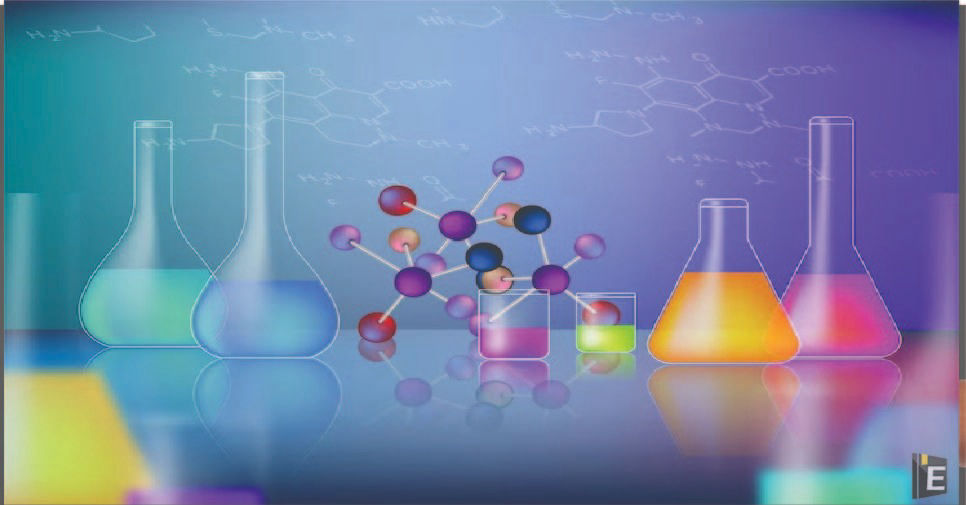Chemistry GK Quiz Questions

Thin wires can be drawn from a piece of metal. Which property of the metal is it responsible for?
(A) ductility
(B) hardness
(C) malleability
(D) conductivity
Correct Answer : A
Explanation :
The property of metal by which it can be drawn into wires is called ductility.
The atomic number of an atom of an element is 17 and the mass number is 36. The number of neutrons in its nucleus is
(A) 17
(B) 19
(C) 36
(D) 53
Correct Answer : B
Explanation :
An atom of an element has atomic number 17 and mass number 36. The number of neutrons in its nucleus is 19.
In the presence of sunlight, plants prepare their food (glucose) with CO2 and water. What is this reaction?
(A) Displacement
(B) Disintegration
(C) Photochemical
(D) precipitation
Correct Answer : C
Explanation :
Photochemical is the process by which plants use sunlight, water, and carbon dioxide to create oxygen and energy in the form of sugar.
Which of the following is an example of sublimation?
I. Dry ice
II. Kapoor
III. Ice
(A) I and II
(B) I, II and III
(C) Only I
(D) Only II
Correct Answer : A
Explanation :
Camphor and dry ice (solid CO2) sublimation reactions provide common examples.
How many moles are present in 60.36 grams of water?
(A) 1
(B) 2
(C) 4
(D) 8
Correct Answer : B
Explanation :
The number of moles in 36 grams of water will be 2. The atomic number of any element is its molar mass.
Which of the following was not related to the principles of atomic structure?
(A) John Dalton
(B) Ernest Rutherford
(C) Niels Henry David Bohr
(D) J Chadwick
Correct Answer : D
Explanation :
The Correct Answer is J Chadwick. The atomic structure consists of protons, electrons, and neutrons. The nucleus of an atom consists of Protons and Neutrons. J Chadwick was not associated with the atomic model while the remaining three associated with the atomic model.
How many times the mass of a hydrogen atom is the mass of an electron?
(A) 1000
(B) 8000
(C) 1837
(D) 5000
Correct Answer : C
Explanation :
A hydrogen atom has only one proton, one electron and zero neutrons and the positively charged proton is approximately 1837 times as heavy as the mass of the negatively charged electron.
Soil is an example of which of the following?
(A) homogeneous mixture
(B) molecule
(C) compound
(D) heterogeneous mixture
Correct Answer : D
Explanation :
Soil is an example of a heterogeneous mixture that contains many different elements that are not uniform and the composition of the soil is unevenly distributed.
Electrons rotate around the center in _motion.
(A) conversion
(B) spin
(C) orbital
(D) vibration
Correct Answer : C
Explanation :
Electrons revolve around the nucleus in orbital motion. This motion involves the quantum mechanical motion of particles (electrons in this perspective). Orbital motion involves translation of the center of mass rather than rotation (rotation of the axis).
Which of the following elements has higher atomic number than fluorine?
(A) Sodium
(B) Beryllium
(C) Nitrogen
(D) Boron
Correct Answer : A
Explanation :
The atomic number of sodium (11) is higher than that of fluorine (9). ,



